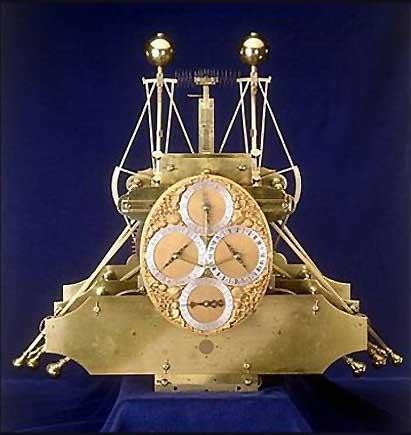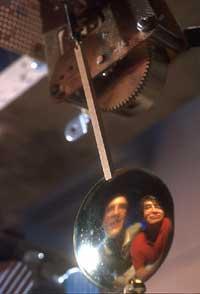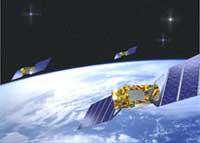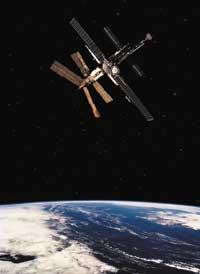More detailed schedules
2001/03/21 Elhuyar Zientzia

Einstein made it clear that time and space are not independent magnitudes, but without entering into postulates and dark concepts about relativity, they are modified from each other and serve to measure them from each other is sufficient to understand the following lines.
For example, the photo clock was built by English carpenter John Harrison in the 17th century. In the 20th century. So the sailors had serious problems knowing exactly where they were. While they could calculate the local time with the sun, to calculate the length they needed the time of a reference point. Thus, knowing the hour of the two points and knowing that every 15 degrees lost or gained an hour, they could calculate the length accurately. At that time, however, there were no clocks that accurately measured time at sea, so the timing of the boat's watch with the reference point was useless. John Harris's clock suffered a second of incident daily, but allowed sailors to calculate the length with an accuracy of 500 meters.
Much more detailed clocks are currently used, especially in satellite navigation systems. The European Space Agency is preparing for 2004 the Galileo satellite navigation system, where atomic clocks will be used to calculate the position. Satellites, measuring the time a signal takes to get from the satellite to the destination, calculate the position of the objects. The problem is that these signals move at the speed of light, so very small fractions of second must be measured with great precision. Only atomic clocks can do this.
The satellites of the Galileo system will have atomic clocks based on rubidium and hydrogen. Although the two watches use different technology, they are based on the same principle: when an atom jumps from one state of energy to another, it emits very stable frequency microwave. The satellites of the Galileo system will use this frequency as a time reference and will be able to measure the position of an object with an accuracy of 45 cm.
The atomic clocks of the satellites will be periodically synchronized with other terrestrial ones even more accurate to avoid the least error. Europe is making a great effort to build its own satellite navigation system, as the prestigious GPS system is managed by the US military.

Gai honi buruzko eduki gehiago
Elhuyarrek garatutako teknologia






